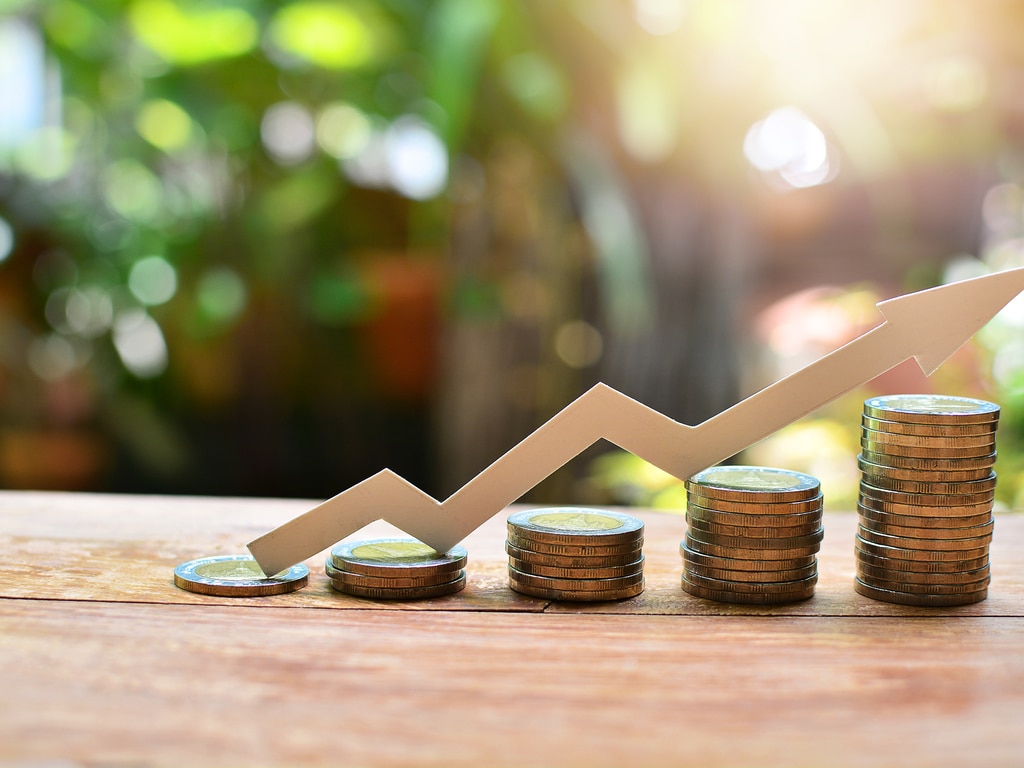Jasmine Birtles
Your money-making expert. Financial journalist, TV and radio personality.


We hear a lot about wealth managers and how much money they can make for their clients. But not everyone has the cash to invest with them.
This is why I have asked my friend Tim Price of Price Value Partners to tell us all how we can do it ourselves. Over to you Tim!…
Everybody wants to have more money, but many people regard the world of investing as something akin to a casino, with wild risks at every turn and the ever-present potential to lose everything. How should you look at your investments ?
The business of investing is part art and part science.

Most wealth managers agree that the most important decision you can make as an investor is how to divide up your savings pot: how much of your wealth you should allocate to each asset class ‘bucket’?
Nobody wants to have all their eggs in just one basket, so it makes sense to diversify your investments (or spread your bets!). But you don’t want to put the lion’s share of your hard-earned capital into an overvalued asset class, because then you run the risk of incurring what might be a sizeable loss.
So you will need to make a decision about whether a particular asset class is overvalued at the moment and avoid it where possible.

The first decision you should probably make is what your attitude to risk is.
Are you willing to tolerate big swings in the value of your portfolio in the pursuit of higher long term returns?
If not, you should probably try to moderate your exposure to risk and the potential of losing money. That, in turn, would argue in favour of relatively low risk assets like cash, bonds and property.
But bear in mind that interest rates have never been as low as they are today. In the event that interest rates rise over the medium term, that is likely to adversely affect the prices of bonds and property, which are highly sensitive to higher interest rates.

For most people, an investment portfolio is something they are unlikely to draw from in the short term.
A pension fund, for example, may have a lifespan of several decades before any income from it is required. That argues in favour of taking prudent risks in what might otherwise seem like a volatile asset market, like the stock market, for example.
History shows that the average annual return, after inflation, from stocks in the UK and the US equates to something like 6% or 7% – which is not to be sniffed at, given that interest rates on cash deposits are currently close to zero.
That 6% or 7% largely comes from dividend income – what listed companies pay out to investors as a proportion of their profits.
My strong recommendation is that you should always own income-generating stocks, as opposed to ‘concept’ growth stocks, i.e. companies that may never turn a profit.
But remember, those are average returns over the long term, so you should be prepared for years when the returns from the stock market are low, or sometimes even negative.
Successful investing takes time, discipline and patience.

For most investors, finding a suitable investment platform where you can purchase things like stocks and collective funds is half the battle.
It makes sense to identify a platform that offers tax wrappers like ISAs (Individual Savings Accounts, in which any income and capital gains are credited to your account without you having to pay income or capital gains tax). You will also benefit from a platform with relatively low dealing costs.
You can find a useful guide to fund supermarkets here.
My favourite investments at present are so-called ‘value’ stocks and commodities.
I define ‘value’ stocks as shares in high quality companies that are, for whatever reason, available for purchase in the stock market at a meaningful discount to what they are really worth.
That might be because the company in question is experiencing a temporary problem in relation to its business. It might simply be because the company in question is temporarily out of favour with investors. (Even professional money managers can be prone to fads and fashions.)
I like commodities, and especially gold and silver, because they have historically offered good protection against inflation – and I am very concerned that with all the government stimulus that has accompanied the coronavirus crisis, inflation is now a universal threat to our hard-earned savings.

When you’ve identified a suitable investment platform and then decided how to split up your investment pie across the various asset classes available, how frequently should you monitor and assess your portfolio?
Opinions vary. I suggest, however, that ‘the watched pot never boils’ – you may find that checking your portfolio daily gives rise to an unnecessary level of personal stress.
So I recommend that you assess your portfolio perhaps once every month, just to see that it’s behaving itself.
Bear in mind that it’s unrealistic for all asset classes to move lock step with each other – and it’s unreasonable to expect that all of the shares or funds that you own will go up in line with each other as well.
A properly diversified portfolio will inevitably contain some investments that ‘zig’ when others ‘zag’.
These are some of the principles I follow within my own investment business. Good luck – and happy investing !

Tim Price is co-manager of the VT Price Value Portfolio and author of ‘Investing through the Looking Glass: a rational guide to irrational financial markets’.
Disclaimer: MoneyMagpie is not a licensed financial advisor and therefore information found here including opinions, commentary, suggestions or strategies are for informational, entertainment or educational purposes only. This should not be considered as financial advice. Anyone thinking of investing should conduct their own due diligence.

Interesting information.